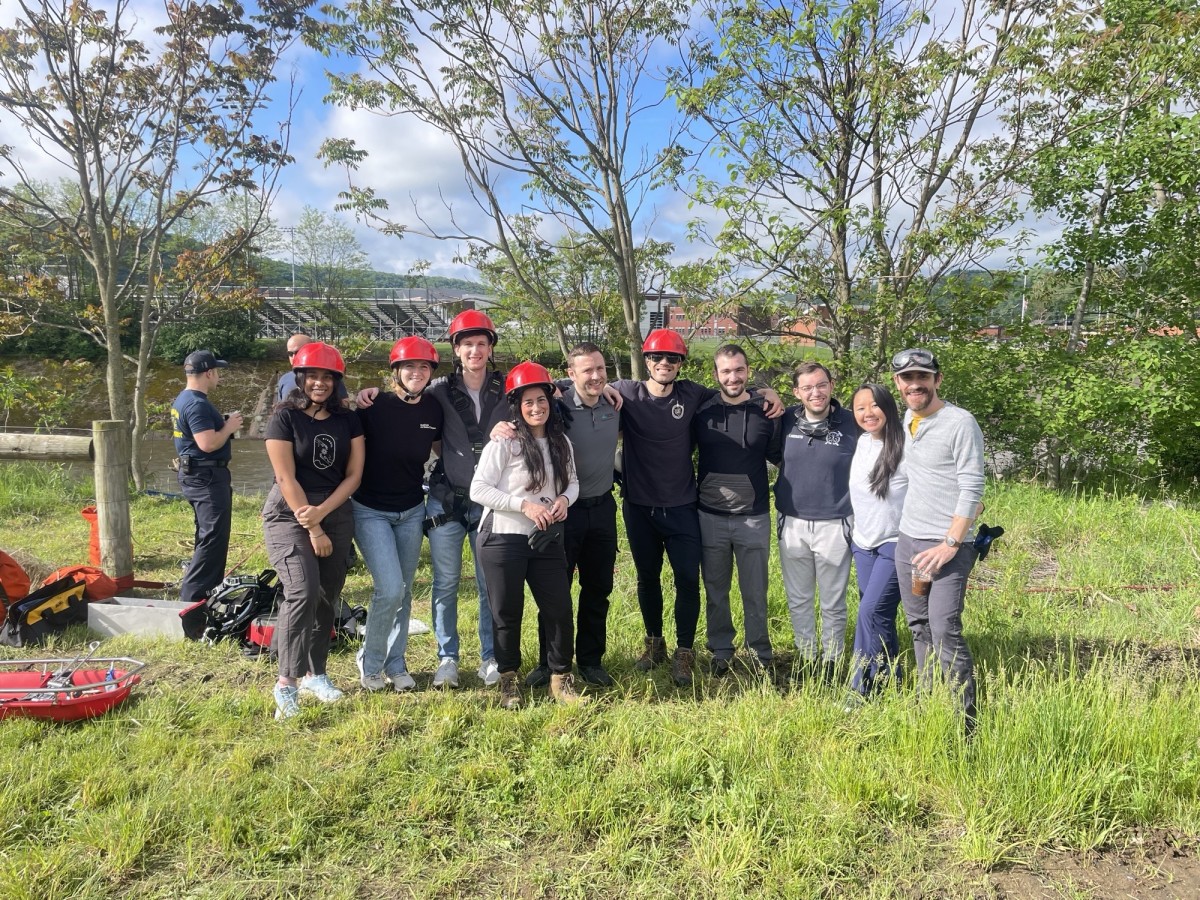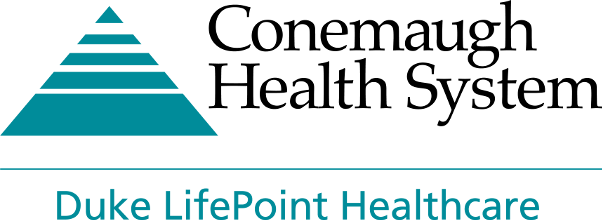Conemaugh Emergency Medicine Residents Join Forces with Johnstown Fire Department for Real-World Rescue Training
May 27, 2025

More than 20 emergency medicine residents from Conemaugh Memorial Medical Center stepped out of the emergency department and into the field recently to participate in the 16th annual Resident Training Day alongside the Johnstown Fire Department.
The hands-on training day is designed to simulate a variety of high-stakes emergency scenarios that prehospital responders face in the field, offering residents a unique glimpse into the critical first steps of patient care before arrival at the hospital.
“Having this annual training helps all parties involved in any emergency,” said Johnstown Fire Department Chief Bob Statler. “When we [prehospital providers] are in the field and communicating with hospital staff, this gives residents insight into the challenges we face and the time-sensitive nature of our work.”
This year’s immersive training included four complex scenarios: a vehicle extraction, a crush injury response, operating a fire hose, and a water rescue mission that required residents to rappel into the Stonycreek River. These simulations rotate annually in alignment with the residency’s three-year curriculum, ensuring that residents are continually exposed to a wide range of emergencies.
“Every year, we incorporate some form of rappelling or rescue simulation to demonstrate how much time and equipment are needed just to reach a patient in the field,” added Statler.
During the training, residents used Jaws of Life to safely remove a car door, treated a simulated crush injury, operated real firefighting equipment, and performed a mock water rescue—experiences far removed from the controlled environment of the emergency department.
“This is a great opportunity to expose our residents to what happens before a patient even reaches the hospital,” said David Gnugnoli, DO, EMS Medical Director at Conemaugh Memorial. “It prepares them to be more effective, compassionate, and confident physicians by showing them the realities of emergency response in the field.”
Beyond medical skills, the training also emphasizes collaboration and mutual respect between emergency departments and first responders.
“It was an eye-opener,” said Nsi Daniel, MD, a participating emergency medicine resident. “We’re trained to function as a team in the emergency department but seeing that same level of coordination in the field was incredible. I have a new appreciation for what prehospital teams do.”
The annual training not only equips residents with practical skills and field knowledge, but it also builds stronger bonds between hospital staff and local first responders, all in the service of providing the highest level of care to the community.
